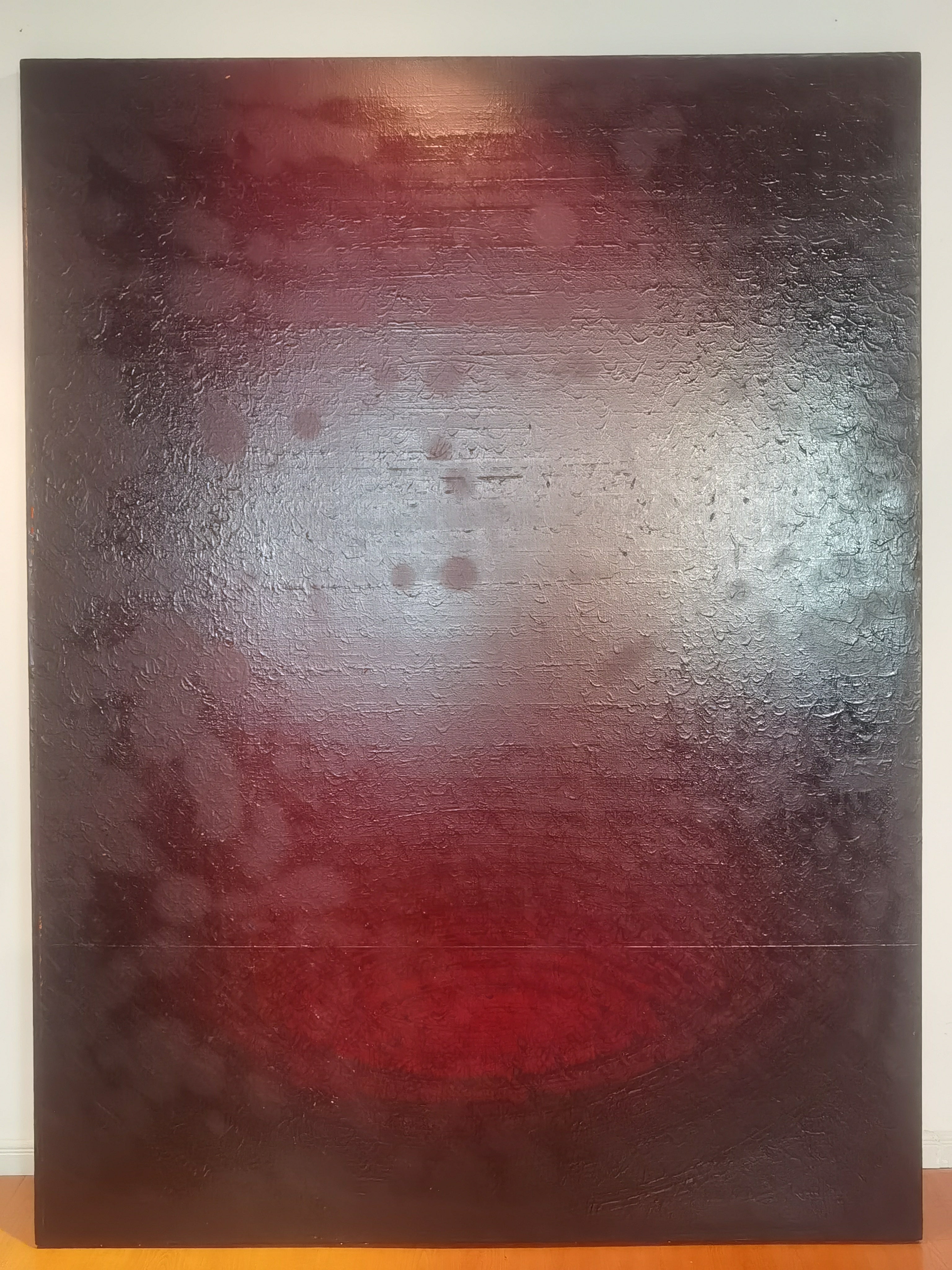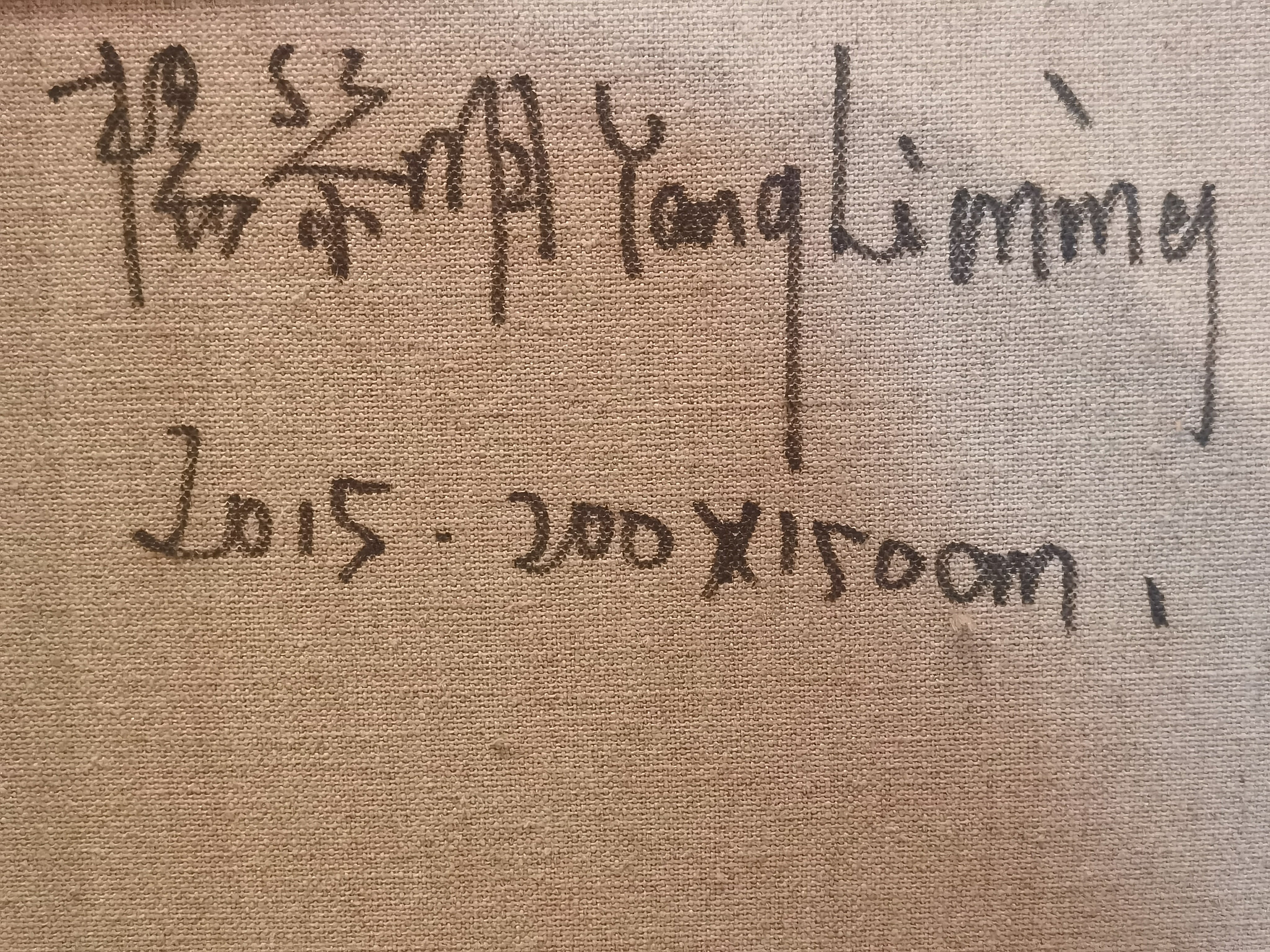2015NO.4R
Yang Liming
Artwork Details
Artwork Description
Title: 2015NO.4R
Artist: Yang Liming
Date: 2015
Medium: Oil on Canvas
Dimensions: 78.7 x 59.1 in (200 x 150 cm)
Artwork Identification
2015NO.4R is a monumental oil on canvas by Yang Liming, an ultra-contemporary Chinese artist celebrated for his emotionally charged, often monochromatic works. Measuring 200 by 150 cm, the painting exemplifies Yang’s mastery of atmosphere and spatial depth. Its layered tonal transitions and meditative structure suggest a suspended moment between interior reflection and external stillness.
Artistic Style and Influences
Yang Liming’s practice is rooted in the language of abstraction and tonal minimalism. Drawing on both traditional Chinese literati aesthetics and modern Western abstraction, his paintings often oscillate between void and presence, silence and tension. His monochrome surfaces are not mere fields of color, but rather textured spaces of emotional resonance—philosophical explorations of time, memory, and inner landscapes. Artists such as Mark Rothko and Zao Wou-Ki come to mind in the meditative quality and internal light of Yang’s canvases.
Historical Context
Produced in 2015, 2015NO.4R belongs to a period in Yang Liming’s career marked by increasing international recognition. This work reflects a moment of maturity following multiple solo exhibitions in Beijing and Shanghai, and preceding his participation in major European shows. During this time, his work shifted from overt figuration to more contemplative abstraction, aligning with broader global dialogues in postminimalist and monochromatic painting.
Provenance and Authenticity
Provenance documentation can be provided upon contact.
Condition and Conservation
2015NO.4R is in good condition. The canvas is structurally sound, with no evidence of surface abrasion, craquelure, or color loss.
Artistic Significance
As a meditative and formally restrained work, 2015NO.4R exemplifies Yang Liming’s distinctive contribution to Chinese contemporary abstraction. The painting distills his decades-long investigation of space, tone, and emotion into a compelling visual language that continues to resonate with collectors and curators. Its scale and compositional rigor make it a cornerstone work for those invested in the evolving dialogue between East Asian philosophy and Western abstraction.









